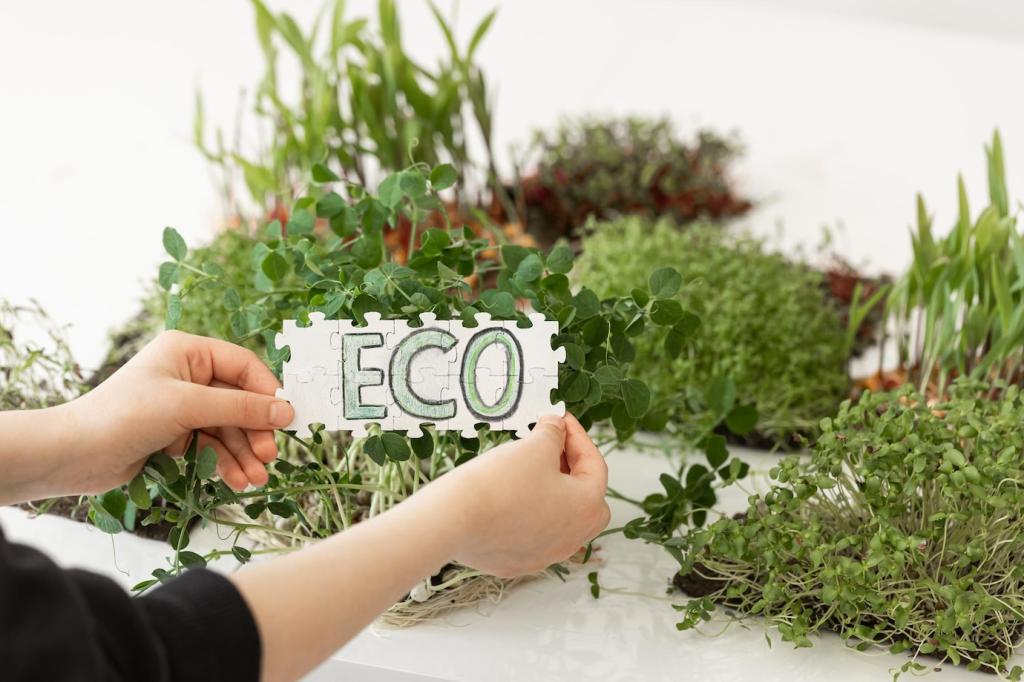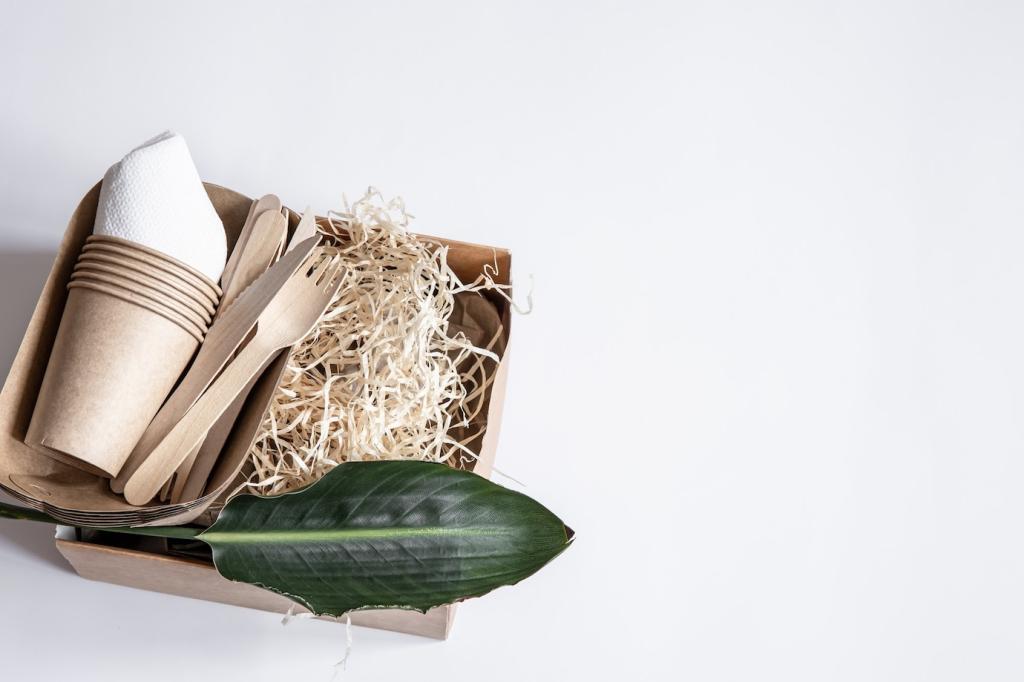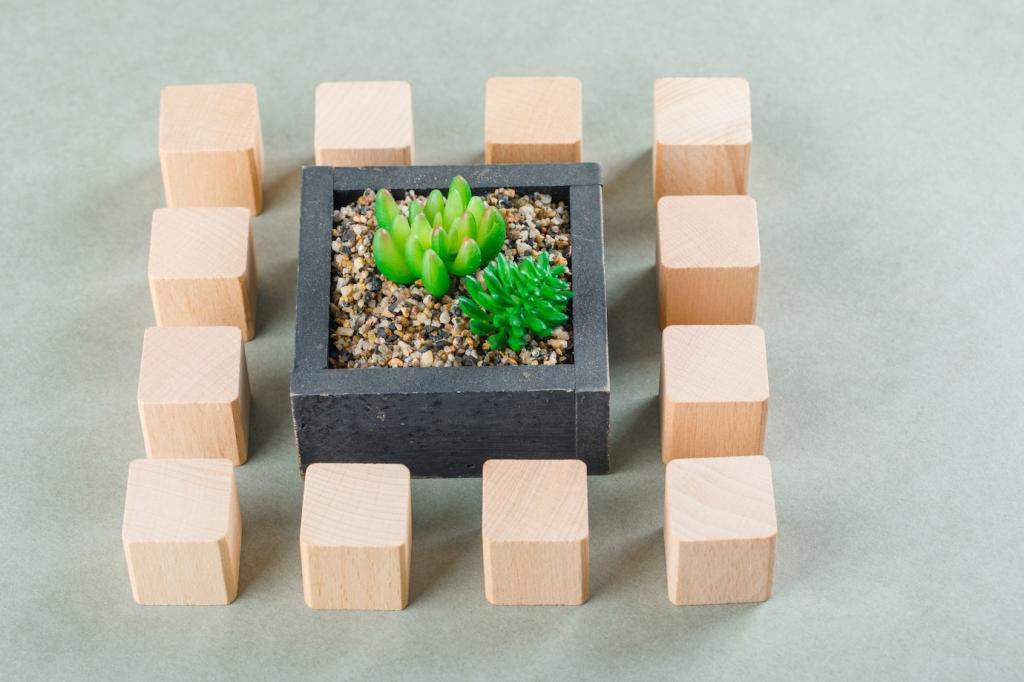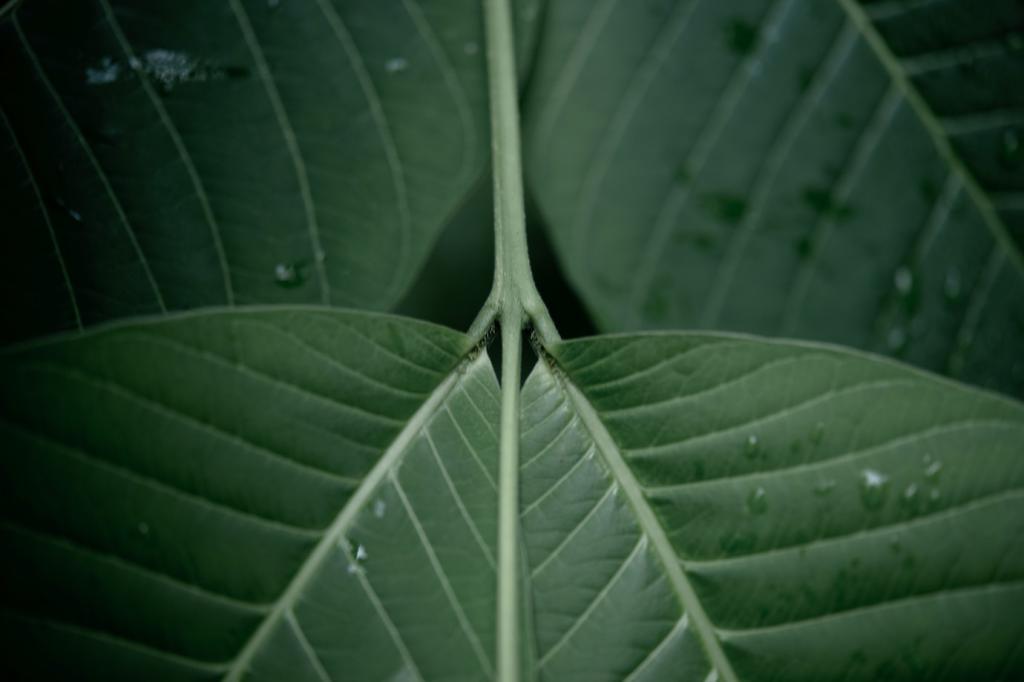Eco-friendly Flooring Options: Style That Treads Lightly
Chosen theme: Eco-friendly Flooring Options. From sunlit bamboo to whisper-quiet cork and storied reclaimed wood, discover floors that honor the planet while elevating your home. Join our community for fresh ideas, practical guidance, and weekly inspiration—subscribe and share what you’re planning for your next sustainable step.


Sustainable Materials 101
Bamboo is a grass that matures in three to five years, offering impressive hardness when strand-woven. Look for responsibly sourced bamboo with transparent adhesives, ideally backed by reliable certifications. Share in the comments whether you prefer a natural matte finish or a warm caramelized tone, and why.
Sustainable Materials 101
Harvested without cutting down the tree, cork is naturally resilient, warm underfoot, and excellent for acoustics. It feels welcoming on chilly mornings and cushions your steps after long days. Tell us how sound control matters in your space, and whether cork’s subtle texture suits your design style.



Refinishing and Repair Potential
Solid hardwood and some bamboo floors can be refinished multiple times, extending life dramatically. Oil finishes allow spot repairs without sanding entire rooms. Share whether you prefer the patina of age or a freshly renewed look, and we’ll recommend finish strategies that match your maintenance comfort level.
Moisture Realities and Room-by-Room Fit
Cork and linoleum excel in kitchens for their comfort, though standing water should be avoided. In baths or basements, prioritize moisture tolerance and proper sealing. Tell us your climate and room type, and we’ll help align the right eco-friendly choice with your home’s daily humidity swings.
Comfort You Can Feel Every Day
Thermal and acoustic comfort matters. Cork underlayment softens footfall and reduces noise between floors. Natural materials also avoid the plasticky feel underfoot. Describe your building—apartment, townhouse, or single-family—and we’ll suggest combinations that balance warmth, quiet, and sustainability without sacrificing everyday practicality.
Budgeting Green Without Compromise
01
A durable floor that needs fewer replacements often beats cheaper, short-lived options. Factor refinishing, cleaning supplies, and resale value into your math. Comment with square footage and timeline, and we’ll help you estimate total cost of ownership to make a confident, sustainable investment.
02
Click-together cork or bamboo can reduce labor costs if you enjoy hands-on projects. Rent the right tools, follow manufacturer tolerances, and practice on offcuts. Tell us your DIY comfort level, and we’ll curate tutorials that keep your eco-friendly upgrade smooth, safe, and satisfyingly achievable.
03
Allocate budget to quality finishes, healthy adhesives, and a good underlayment. Ask suppliers about overstock or short runs to save without sacrificing sustainability. Share your must-have features—quiet, warmth, or texture—and we’ll suggest where to splurge and where to streamline without losing eco-friendly integrity.

Design Inspiration and Real Stories

A light strand-woven bamboo brightens compact spaces and bounces daylight deeper into rooms. Paired with natural textiles and plants, it feels fresh and serene. Share a photo of your brightest corner, and we’ll suggest plank widths and sheens that enhance the glow without overpowering your palette.
What to Look For on the Box
Seek FSC or PEFC for responsible forestry, FloorScore or GREENGUARD Gold for low emissions, and credible EPDs or HPDs for transparency. Avoid vague green claims. Share a product link in the comments, and we’ll help interpret certifications and suggest equivalent alternatives if availability is limited in your area.
Closer to Home, Lower Footprint
Regional sourcing can reduce transport emissions and support local economies. Ask mills about reclaimed stock or responsibly harvested species native to your area. Drop your city or region, and we’ll crowdsource recommendations for eco-friendly suppliers from readers who have already walked this sustainable path.
Ethics from Forest to Floor
Sustainable harvests protect habitats and communities. Cork oak landscapes, for example, are tended for generations and support rich biodiversity. Share which values matter most—biodiversity, worker welfare, or transparency—and we’ll point you to brands whose practices align with your priorities from start to finish.
Floating floors can be lifted and reused in studios or smaller rooms. Some manufacturers and community centers accept offcuts and gently used planks. Share local resources you’ve found, and we’ll build a living list of take-back options that keeps good material in circulation.
